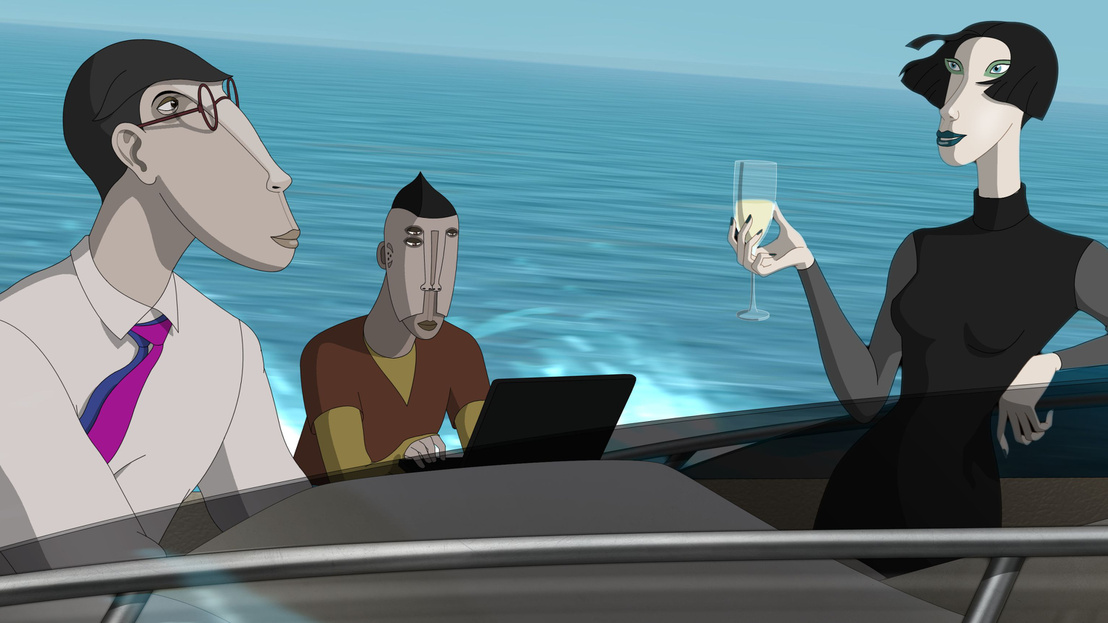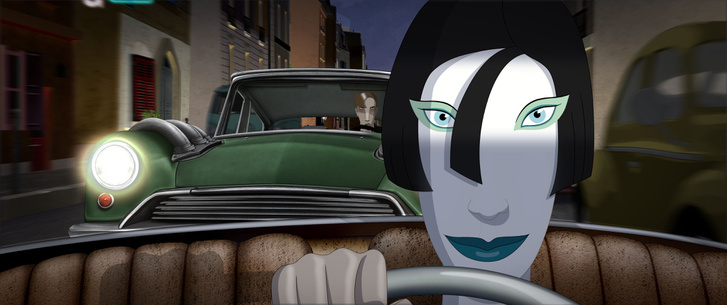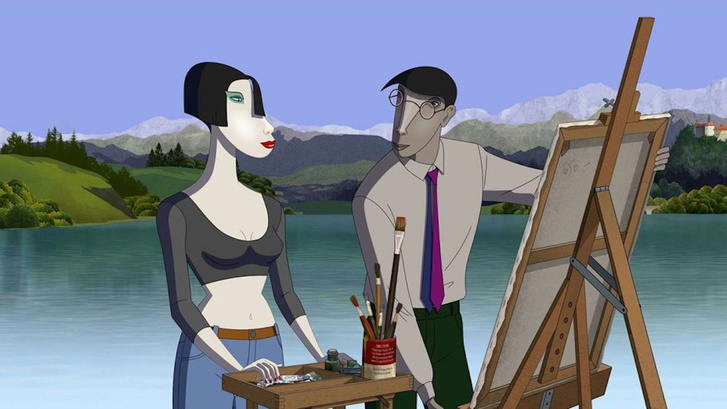Ruben Brandt leaves you at loss for words

További In English cikkek
There is no other genre lending more space to creativity than animation. If the director does not build an entirely new world or at least new characters out of thin air, then there is nothing but an empty screen. The director and writer of Ruben Brandt, Slovenian-born Milorad Krstić takes advantage of all the opportunities animation could provide, and the viewer cannot help but gasp in astonishment. This creativity is not an end unto itself though, as it serves the story perfectly.
Ruben Brandt is a psychotherapist specializing in art therapy who is in dire need of that therapy himself. He is tortured by nightmares and visions of figures from the world's most famous paintings, and as his motto is that you have to face your demons by owning them, his patients try their best to help him follow that spirit; they conspire to steal the masterpieces for him. The plan aligns with the characters - the other protagonist Mimi is a cleptomaniac, but the team includes a hacker and a regular bank-robber as well. Everyone is well suited to the task, as they are free to pursue their own passions - in the meantime, Ruben's multi-billion gallery just keeps on expanding.

But still, the biggest collector in this story is Krstić: Over the course of the 90-minute runtime, he delves so deep into his world filled to the brim with art and movie references as if his whole life was leading up to it. If you take into account that the story also gave rise to a movement-theatre play as far back as seven years ago, that might not even be that much of an overstatement. Seeing the masterpieces from Warhol to Velázquez come to life in this unique, ironically redrawn style is endearing enough in itself, but that is not the main attraction of the move. That title belongs to the complete artistic freedom, light-heartedness and playfulness that the movie oozes in every scene. Anything goes for Krstić, as one of his characters is revealed to be two-dimensional midway through the movie - the mother was three-dimensional, but the father was just a line. Not counting all such liberating little gags, the movie's visual world takes a huge leap away from reality in general. The characters resemble the perspective-shifted figures of Picasso way more than they do the plain and boring people that fill the cinema. Characters of world-renowned painters are making frequent cameos bringing to mind different art periods, and that coupled with all the movie references help to find something new in Ruben Brandt even upon the fourth or fifth time you watch it.

Realism appears in a peculiar way in Krstić's movie: he decided to model his action sequences - mass brawls and car chases - after those of Hollywood blockbusters. Even if they mock the Hollywood style quite well, and even if it is rare to see such scenes in animation where a speeding car forces the other off the road, or where the hero, having his car wedged between two trucks, jumps onto the back of one of them amongst a hail of bullets, these scenes do not add much to the movie.
But the story, the visuals, the bonkers ideas that do not spare the art community either with their self-deprecating jokes (for instance all hipster art-fans believe one of the thefts to be an art performance) really do. It's so full of twists and turns that the movie would stand on its own even without the stunning visuals. The only thing missing are the real stakes, as the ideas and art references do not amount to a real intention for a deeper meaning. But the truth is that this movie, with its great rhythm and something new hiding behind every corner, is so fun to watch that you have no time or brainpower necessary to find anything you could complain about.
This article is the translation of the Hungarian original published by Index.

Support the independent media!
The English section of Index is financed from donations.


